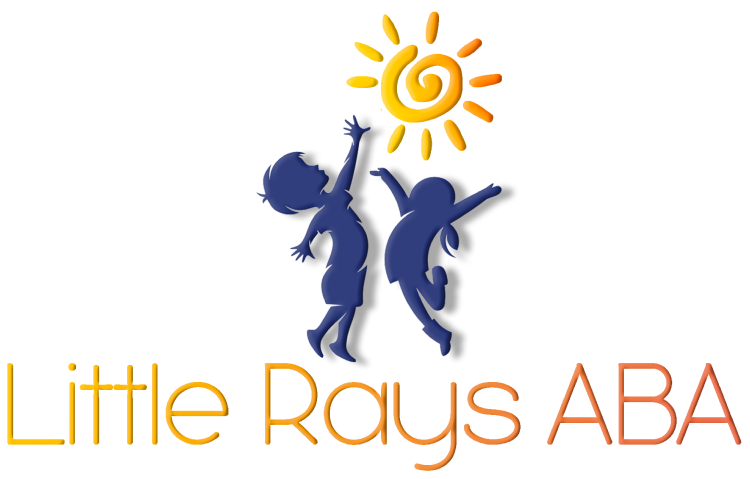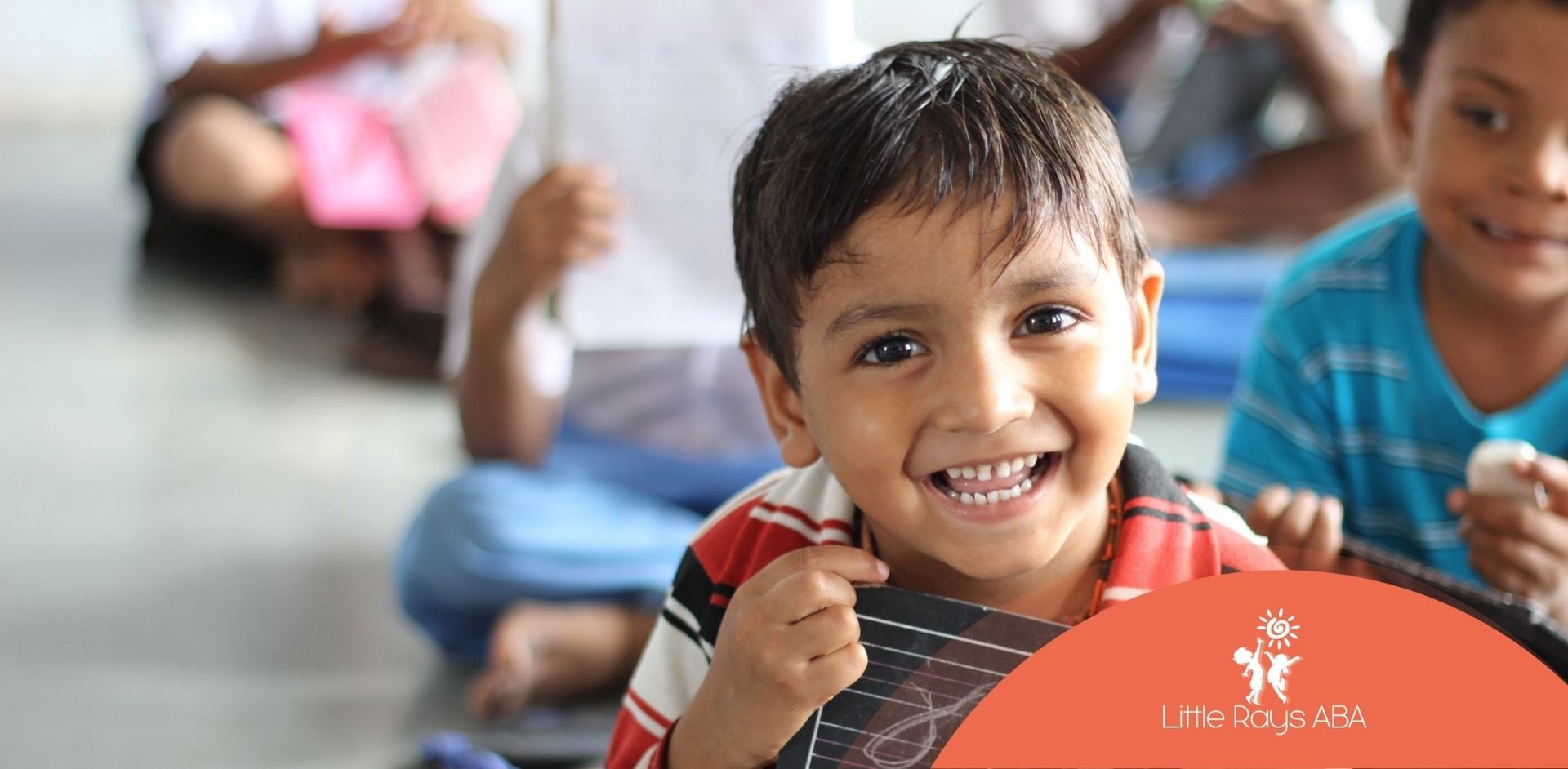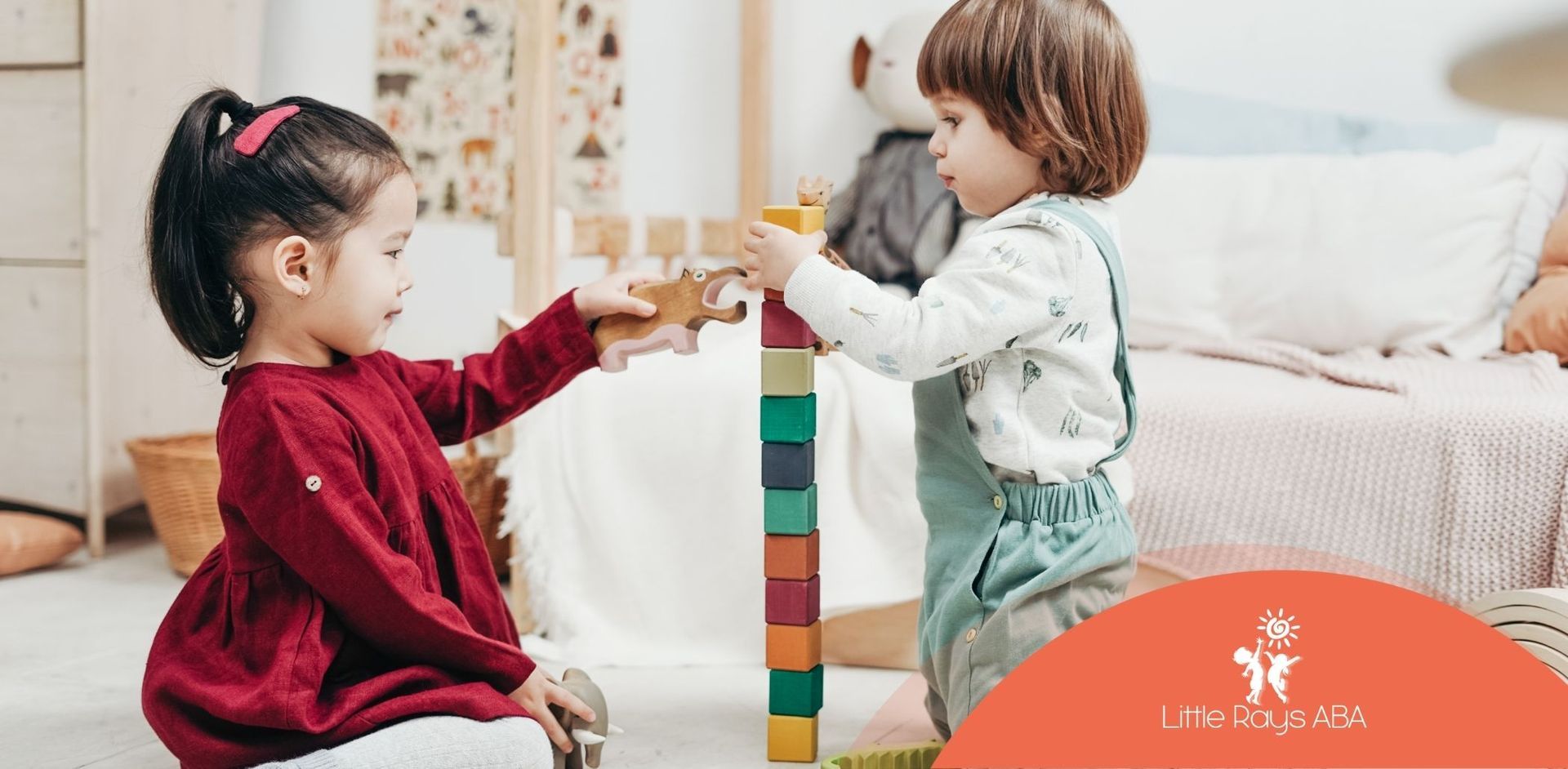Shy or Autistic Child? Learning to Distinguish Between Them
Navigating the complexities of child development often presents parents and educators with unique challenges. One area that frequently raises questions is the difference between a shy child and a child with autism spectrum disorder. While both may exhibit reluctance in social interaction, their underlying reasons and the nature of their challenges can differ greatly. Understanding these distinctions is pivotal in providing appropriate support and fostering a positive developmental trajectory.
Understanding Shyness in Children
Shyness is a common personality trait characterized by feelings of apprehension or discomfort in social situations. It's important to remember that shyness is a normal part of child development and does not necessarily indicate an underlying disorder. Just like some children are naturally more extroverted, others may be more reserved and take time to warm up to new people or situations.
Shy children might display behaviors like avoiding eye contact, speaking softly, or preferring solitary activities. However, these behaviors are often situational and do not reflect a lack of desire for social connections. With understanding and encouragement, most shy children can gradually build their confidence and navigate social situations with greater ease.
Defining Shyness and Its Characteristics
Shyness is a personality trait, not a disorder, characterized by a tendency to feel nervous, self-conscious, or uncomfortable in social settings. It's a natural human variation often influenced by both genetics and environmental factors. Early childhood experiences, family dynamics, and cultural norms can all contribute to a child's predisposition toward shyness.
While shyness itself is not a cause for concern, it can sometimes be accompanied by social anxiety. Children with social anxiety experience more intense fear or distress in social situations, which can lead to avoidance behaviors and negatively impact their quality of life.
Understanding the root of a child's shyness, whether it stems from a naturally introverted personality or underlying social anxiety, is crucial in providing appropriate support and fostering their social development.
Common Behaviors of Shy Children
In social situations, shy children might appear withdrawn, hesitant to engage in conversations, or reluctant to participate in group activities. They may avoid eye contact, speak softly, or fidget, which are often subconscious ways of managing their discomfort.
While they may pick up on social cues and understand the dynamics of interaction, they might need more time to process information and formulate responses. Their body language might convey hesitation or anxiety, but this doesn't necessarily equate to a lack of interest or understanding.
It's crucial to remember that every child is different, and what constitutes "shy" behavior can vary greatly. Some shy children may only exhibit shyness in specific situations or with unfamiliar people, while others may display it more consistently.
Overview of Autism Spectrum Disorders
Autism spectrum disorder (ASD) is a neurodevelopmental disorder that affects communication, social interaction, and behavior. It's crucial to recognize that autism is a spectrum, meaning it manifests in a wide range of ways and with varying levels of severity.
Individuals with ASD often face challenges understanding and responding to social cues, engaging in reciprocal conversations, and navigating social dynamics. They may also exhibit repetitive behaviors, have intense interests in specific topics, and display sensitivities to sensory input, such as sounds, textures, or lights.
Key Symptoms of Autism
One of the hallmark characteristics of autism is difficulty with social communication and interaction. This can manifest as challenges understanding and responding to social cues, engaging in reciprocal conversations, making and maintaining eye contact, and interpreting nonverbal communication, such as facial expressions or body language.
Individuals with ASD often exhibit repetitive behaviors or develop routines that provide a sense of comfort and predictability. These behaviors may include hand flapping, rocking, repeating words or phrases (echolalia), or rigidly adhering to specific routines.
Additionally, many individuals with ASD experience sensory processing differences. They may be overly sensitive to certain sensory inputs, such as sounds, textures, or lights, or seek out sensory stimulation, like deep pressure or movement.
Behavioral Indicators and Diagnosis
Recognizing the signs of autism early on is critical for accessing appropriate support and interventions. If you observe any of the following behaviors in your child, it's crucial to consult with healthcare professionals for a comprehensive evaluation.
| Area | Potential Indicators of Autism |
|---|---|
| Social Interaction | Limited eye contact, difficulty engaging with others, preference for solitary play, struggles understanding social cues, lack of shared interests. |
| Communication | Delayed speech development, difficulty understanding and responding to questions, repetitive language, challenges interpreting nonverbal cues. |
| Behavior | Repetitive movements, insistence on sameness, resistance to change, unusual reactions to sensory input. |
Early diagnosis allows for early intervention, which can significantly impact a child's development and improve long-term outcomes. Professionals specializing in autism diagnosis and treatment can provide a comprehensive assessment and recommend tailored interventions to support your child's needs.
Differentiating Between Shyness and Autism
While some behaviors might overlap, understanding the core differences between shyness and autism is crucial. Shyness is a personality trait, often temporary or situation-specific, while autism is a neurodevelopmental disorder impacting multiple areas of development.
Differentiating between them involves carefully considering a child’s communication style, social interaction patterns, and responses to environmental stimuli. Seeking professional guidance is essential for accurate assessment and developing appropriate support strategies.
Social Interaction Patterns
A shy child might need time to warm up in social situations but will gradually engage when comfortable. They may initially hesitate to participate in group activities or initiate conversations but will eventually join in. Conversely, a child with autism may consistently struggle with initiating or reciprocating social interaction, even in familiar settings.
While a shy child may avoid eye contact due to self-consciousness, a child with autism might struggle with understanding the social significance of eye contact. Similarly, difficulty reading facial expressions and understanding the nuances of nonverbal communication can pose significant challenges for individuals with ASD.
Observing how a child interacts with peers and adults, responds to social cues, and navigates group dynamics can provide valuable insights when differentiating between shyness and autism.
Communication Styles and Challenges
While a shy child might speak softly or hesitate to speak up in groups, their language development typically follows a typical trajectory. In contrast, children with autism may experience delays or difficulties with language development, impacting their ability to express themselves effectively.
These communication barriers can manifest as challenges understanding and responding to questions, difficulties initiating or maintaining conversations, and reliance on repetitive language or echolalia. Speech therapy interventions can be beneficial for children with ASD in developing communication skills and strategies.
However, it's important to remember that not all individuals with ASD experience language delays. Some may have strong verbal skills but still struggle with the social aspects of communication, such as understanding sarcasm, interpreting nonverbal cues, or engaging in reciprocal conversations.
Response to Environmental Stimuli
Sensory processing differences are common in individuals with autism, often leading to heightened or diminished responses to environmental stimuli. A child with autism may experience sensory overload in busy environments with bright lights or loud noises, while a shy child might find unfamiliar places or large gatherings overwhelming due to social anxiety, not sensory input.
Creating a safe space where a child with autism can retreat when feeling overwhelmed is essential. Providing sensory tools, such as noise-canceling headphones or weighted blankets, can also help regulate sensory input and reduce anxiety.
Here are some potential signs of sensory sensitivities in children with autism:
- Covering ears in response to specific sounds
- Extreme reactions to certain textures or smells
- Intense fascination with lights or spinning objects
- Difficulty transitioning between activities or environments
Misinterpretations and Myths Surrounding Shyness and Autism
Misconceptions and myths surrounding shyness and autism are unfortunately common, often leading to misinterpretations of behavior and delays in seeking appropriate support. Some mistakenly believe that children with autism are incapable of forming relationships or experiencing emotions, which is entirely untrue.
It's essential to approach these topics with sensitivity, recognizing that each child is unique and their behaviors stem from a complex interplay of factors. Educating ourselves and others about the realities of shyness and autism can help dispel harmful stereotypes and promote greater understanding.
Debunking Common Misconceptions
One prevalent misconception is that shy children simply need more "pushing" to become more outgoing. While gentle encouragement can be helpful, forcing a shy child into uncomfortable situations can exacerbate their anxiety and hinder their social development. Instead, providing a supportive environment that respects their boundaries and allows them to gradually build confidence is key.
Another misconception is that all individuals with autism prefer social isolation. While some individuals with ASD may enjoy solitary activities, many desire social connections and relationships. However, they may require different approaches and support in developing social skills and navigating social dynamics.
It's also crucial to recognize that while some behavioral traits may appear similar, shyness and autism are distinct conditions with different underlying causes and support needs. Assuming that a child is simply "shy" when they may be exhibiting signs of autism can delay essential early intervention services.
The Impact of Stereotyping on Diagnosis and Perception
Stereotypes surrounding autism and shyness can have a significant impact on diagnosis, access to appropriate support, and overall societal perception. Assuming that all individuals with autism fit a narrow stereotype can lead to misdiagnosis or missed diagnoses, particularly in cases of high-functioning autism or individuals who don't conform to typical behavioral patterns.
Furthermore, stereotypes can perpetuate stigma and create barriers for individuals with autism seeking inclusion and acceptance in various settings. It's vital to remember that autism is a developmental disorder, not a character flaw, and individuals with ASD deserve understanding, respect, and access to the resources necessary to thrive.
Promoting awareness, challenging stereotypes, and advocating for inclusive policies and practices can help create a more supportive and equitable environment for individuals with autism and their families.
Guidance for Parents and Educators
Navigating the differences between shyness and autism can be challenging but crucial for providing appropriate support. Remember that early identification and intervention are essential for both.
If you have concerns about a child's development, consult with healthcare professionals and educators to discuss your observations and create a plan that addresses their individual needs.
Strategies to Support Shy Children
Creating a supportive environment where shy children feel safe and accepted is paramount. Avoid labeling them as "shy" and instead focus on their strengths and interests. Encourage their participation in activities they enjoy, providing opportunities for them to build confidence and develop social skills at their own pace.
Positive reinforcement can work wonders in boosting a shy child's self-esteem. Praise their efforts, acknowledge their accomplishments, and celebrate their successes, no matter how small they may seem. This positive reinforcement helps build their confidence and encourages them to step outside their comfort zones.
Remember that every child is unique, and what works for one shy child might not work for another. Patience, understanding, and a willingness to adapt your approach based on their individual needs are key to supporting their social and emotional growth.
Approaches for Supporting Children with Autism
Supporting children with autism often involves a multi-disciplinary approach tailored to their individual needs. Early intervention programs, often incorporating therapies such as ABA therapy (Applied Behavior Analysis), speech therapy, and occupational therapy, can equip children with essential skills and strategies for communication, social interaction, and daily living.
Creating a structured and predictable environment can help reduce anxiety and provide a sense of security for children with autism. Visual supports, such as schedules and social stories, can enhance understanding and facilitate transitions between activities.
Collaboration between parents, educators, and therapists is crucial in developing a cohesive support system. Sharing observations, strategies, and progress updates ensures consistency and maximizes the effectiveness of interventions.
Creating Inclusive and Supportive Environments
Creating inclusive environments that welcome and support all children, regardless of their differences, benefits everyone. Fostering a culture of empathy and understanding starts with education. Teaching children about autism and shyness helps dispel myths, reduce stigma, and cultivate respect for individual differences.
Adjusting environments to accommodate sensory sensitivities can be as simple as dimming harsh lights, reducing background noise, or providing quiet spaces for retreat. These modifications can make a significant difference for children with autism who might become overwhelmed by sensory input.
Family members play a vital role in supporting a child with autism or shyness. Providing unconditional love, encouragement, and understanding creates a safe and nurturing foundation for them to thrive.
When searching for in-home ABA therapy near me, it's crucial to find a provider that understands the subtleties of behaviors in both shy and autistic children. In-home therapy offers a unique advantage, as it allows therapists to observe and assess behaviors in the comfort of a child's familiar environment. This setting not only helps in distinguishing between shyness and autism-related challenges but also provides a personalized approach to address each child’s specific needs. If you're seeking professional guidance to support your child’s development, consider in-home therapy as a highly effective option to help foster progress and confidence.
Conclusion
In conclusion, distinguishing between shyness and autism in children requires careful observation and understanding of their behaviors and responses to various stimuli. While shyness is a common personality trait, autism spectrum disorders involve specific symptoms that impact social interactions and communication abilities. It's crucial for parents and educators to be informed about these differences to provide appropriate support and guidance tailored to each child's needs. By creating inclusive environments and debunking misconceptions, we can ensure that both shy children and those with autism receive the understanding and assistance necessary for their well-being and development. If you suspect your child might be autistic, seeking professional evaluation and early intervention is essential for their growth and progress.
At Little Rays ABA, we specialize in helping families navigate the complexities of understanding and supporting their children. Whether your child is naturally shy or showing signs of autism, our experienced therapists provide tailored ABA therapy that can help distinguish between the two and offer the right interventions. By creating personalized plans that focus on social skills, communication, and behavior, we guide children to thrive in their unique way. Ready to discover how ABA therapy can support your child’s growth? Contact Little Rays ABA today to begin your journey toward positive change.
Frequently Asked Questions
What are the first steps if I suspect my child might be autistic?
If you notice persistent signs of autism in your child's behavior, early intervention is crucial. Consult with your pediatrician or a developmental specialist for professional guidance. They can assess your child's development, provide information about the autism spectrum, and recommend appropriate next steps.
How can I differentiate between a shy child and a child with autism in social settings?
While similar behaviors might be present, look for consistent challenges beyond social skills. A child with autism might struggle to understand nonverbal communication, miss social cues, and be overwhelmed by sensory stimuli, even in familiar settings.
Are there specific therapies for children diagnosed with autism?
Yes, several therapies can benefit children with autism. ABA therapy, speech therapy, and occupational therapy are common and often effective. These therapies provide structured learning environments and ongoing support for developing essential skills.
Can a child outgrow shyness or is it a permanent trait?
Shyness is a personality trait and while not a clinical diagnosis, it can evolve over time. With emotional support, engaging in social activities, and reinforcing positive behaviors, children can learn to manage their shyness and navigate social situations more confidently as part of their daily life.
Sources:
- https://www.cheservices.com/blog/understanding-shyness
- https://psycnet.apa.org/record/1990-98384-011
- https://www.nimh.nih.gov/health/topics/autism-spectrum-disorders-asd
- https://www.autism.org.uk/advice-and-guidance/topics/behaviour/obsessions/all-audiences
- https://www.simplypsychology.org/positive-reinforcement.html
- https://pmc.ncbi.nlm.nih.gov/articles/PMC9856852/
Related Posts





